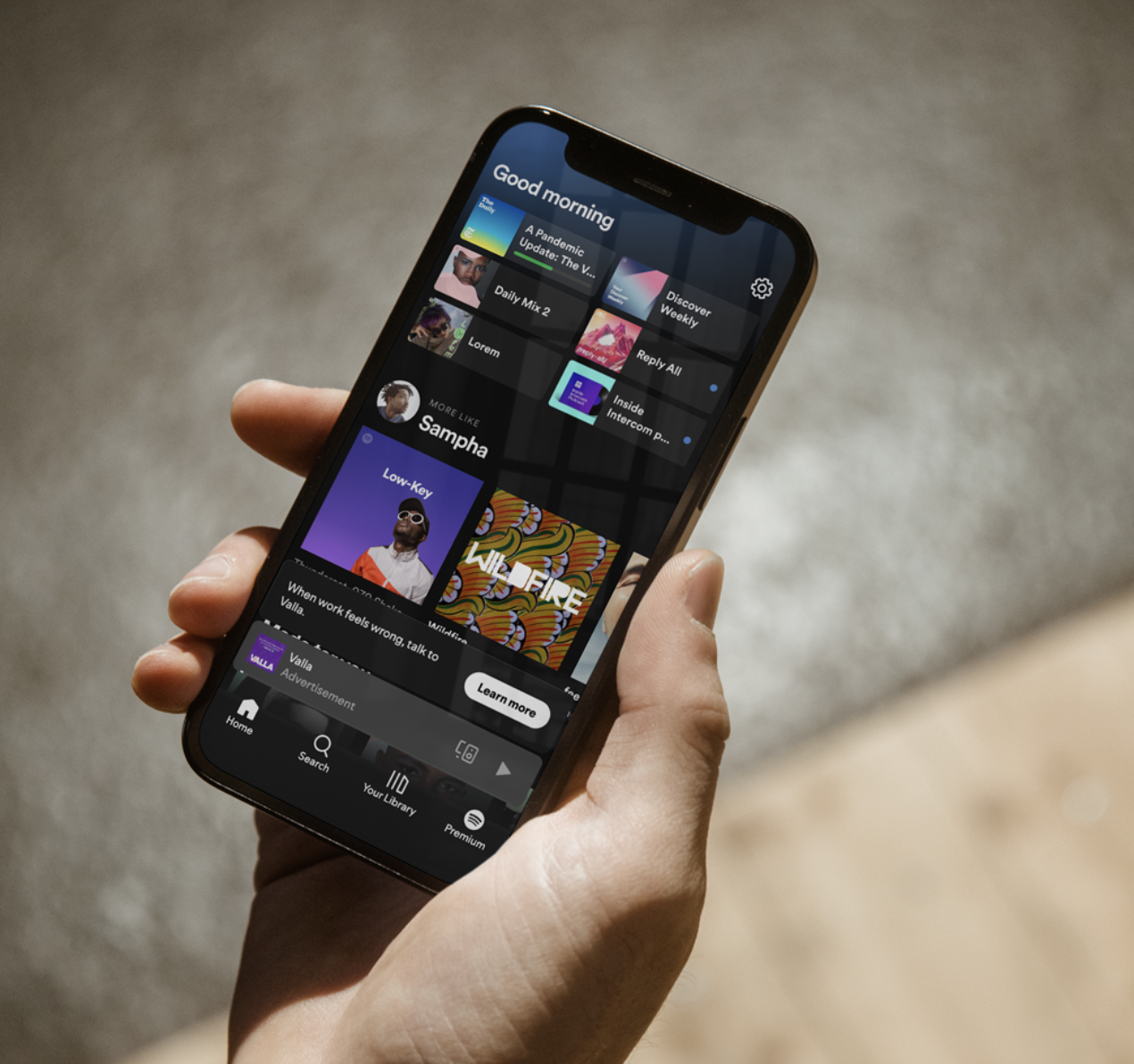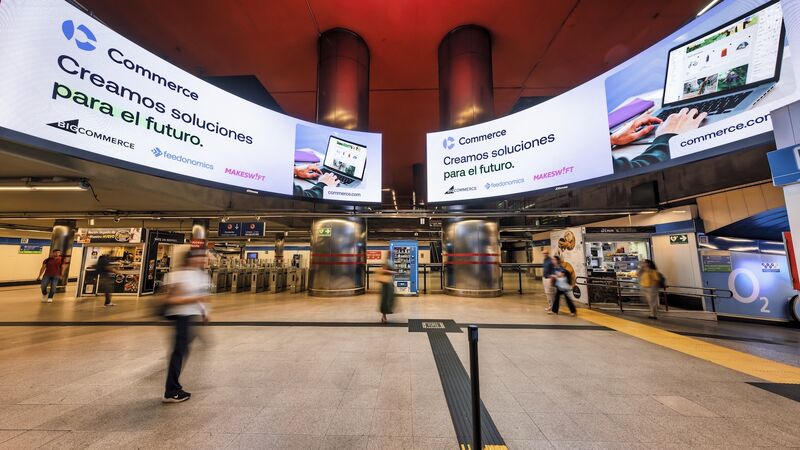Switching the shade of blue used on advertising links in Gmail and Google search earned the company an extra $200m a year in revenue, a Google executive has said.
Google's commitment to data-driven decisions is well reported, and the company has been ridiculed for the "50 shades of blue" episode, when then Google executive Marissa Meyer led a project testing the impact of using different coloured links in ads.
But a new insight proves that the company significantly benefitted from the experiment, to the tune of £200m.
The figure comes from Google UK's managing director Dan Cobley, speaking on Tuesday at an event organised by law firm DLA Piper, who positioned the company's approach to data against the traditional route of the "highest paid person's opinion".
"About six or seven years ago, Google launched ads on Gmail," Cobley explained. "In our search we have ads on the side, little blue links that go to other websites: we had the same thing on gmail. But we recognised that the shades of blue in those two different products were slightly different when they linked to ads.
"In the world of the hippo, you ask the chief designer or the marketing director to pick a blue and that's the solution. In the world of data you can run experiments to find the right answer.
"We ran '1%' experiments, showing 1% of users one blue, and another experiment showing 1% another blue. And actually, to make sure we covered all our bases, we ran forty other experiments showing all the shades of blue you could possibly imagine.
"And we saw which shades of blue people liked the most, demonstrated by how much they clicked on them. As a result we learned that a slightly purpler shade of blue was more conducive to clicking than a slightly greener shade of blue, and gee whizz, we made a decision.
"But the implications of that for us, given the scale of our business, was that we made an extra $200m a year in ad revenue."
The form of testing Google undertook is known as A/B testing (offering users two different versions of a site and picking the most effective one); this particular battle was widely seen as a turning point for the company, the moment it sided with engineers against designers. In 2009, Doug Bowman, then the company's top designer, cited it as part of the reason for his departure.
"It's true that a team at Google couldn't decide between two blues," he wrote in his goodbye post, "so they're testing 41 shades between each blue to see which one performs better. I had a recent debate over whether a border should be 3, 4 or 5 pixels wide, and was asked to prove my case. I can't operate in an environment like that. I've grown tired of debating such miniscule design decisions. There are more exciting design problems in this world to tackle."
Source: Guardian Technology









